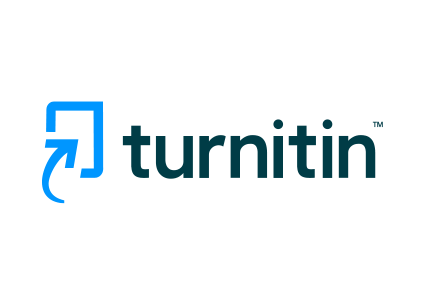STEM (SCIENCE, TECHNOLOGY, ENGINEERING, AND MATHEMATICS) EDUCATION POLICY
Keywords:
Policy, Education, STEMAbstract
The STEM (Science, Technology, Engineering, and Mathematics) education policy aims to prepare the younger generation to face the challenges of the future by improving competence in these fields. The implementation of this policy involves the integration of STEM into the curriculum from an early age, as well as synergy between the government, educational institutions, and the industrial sector to provide the necessary support and resources. In addition to ensuring that the education provided is applicable, this policy also seeks to reduce the gender gap and encourage wider participation. Through comprehensive STEM education, it is hoped that an innovative workforce will be created that is ready to compete at a global level and support sustainable economic growth.
References
Adams, K. (2023). Remote Learning in STEM: Adapting to New Educational Environments. Journal of Online Learning Research, 10(1), 67–83.
Beers, S. Z. (2011). 21st Century Skills: Preparing Students for Their Future. STEM Education Coalition.
Bybee, R. W. (2010). Advancing STEM Education: A 2020 Vision. Technology and Engineering Teacher, 70(1), 30.
Carlson, D. (2022). STEM Education for Sustainable Development. Taylor & Francis.
Clark, M., & Green, N. (2023). Collaborative Learning in STEM: Improving Student Outcomes. Journal of Educational Psychology, 115(3), 298–312.
European Commission. (2022). Boosting STEM Skills in Europe. European Commission Directorate-General for Education, Youth, Sport and Culture.
Fisher, A. (2022). Teacher Professional Development in STEM: Current Trends. Journal of Teacher Education, 73(4), 445–460.
Garcia, M. (2022). Integrating STEM into Education Systems Worldwide. Springer.
Grant, M. J., & Booth, A. (2009). A Typology of Reviews: An Analysis of 14 Review Types and Associated Methodologies. Health Information and Libraries Journal, 26(2), 91–108.
Honey, M., Pearson, G., & Schweingruber, H. (Eds.). (2014). STEM Integration in K-12 Education: Status, Prospects, and an Agenda for Research. National Academies Press.
Johnson, A., & Nguyen, T. (2022). STEM Education: Challenges and Opportunities. Routledge.
Kuenzi, J. J. (2008). Science, Technology, Engineering, and Mathematics (STEM) Education: Background, Federal Policy, and Legislative Action. Congressional Research Service.
Marginson, S., Tytler, R., Freeman, B., & Roberts, K. (2013). STEM: Country Comparisons. Australian Council of Learned Academies.
Martin, L. (2022). Gender Disparities in STEM: Addressing the Gaps. Gender and Education, 34(3), 563–577.
Mitchell, J. (2023). STEM Curriculum Design: Best Practices and Strategies. Sage Publications.
National Academy of Engineering. (2023). Engineering Education for the Future: Enhancing STEM Learning. National Academies Press.
National Research Council. (2011). Successful K-12 STEM Education: Identifying Effective Approaches in Science, Technology, Engineering, and Mathematics. National Academies Press.
Okoli, C. (2015). A Guide to Conducting a Standalone Systematic Literature Review. Springer.
Oliveira, P., & Costa, S. (2023). Innovative Approaches to STEM Education. Academic Press.
Patel, N. (2023). Artificial Intelligence in STEM Education: Trends and Challenges. International Journal of Artificial Intelligence in Education, 33(2), 512–528.
Randolph, J. (2009). A Guide to Writing the Dissertation Literature Review. Practical Assessment, Research, and Evaluation, 14(13), 1–13.
Smith, J., & Brown, R. (2022). Innovations in STEM Education: The Future of Learning. International Journal of STEM Education, 9(1), 45.
The Royal Society. (2022). STEM Education for the 21st Century: An Agenda for Action. The Royal Society.
Thompson, C., & Abebe, H. (2023). Equity and Inclusion in STEM Education: A Global Perspective. Journal of Science Education and Technology, 32(4), 401–418.
World Bank. (2022). Enhancing STEM Education in Developing Countries. World Bank Group.
Zhang, X., & Li, Y. (2023). STEM Assessment Practices: Innovations and Implications. Journal of Education Assessment, 44(2), 175–190.
Zollman, A. (2012). Learning Takes Time: A Whole School Approach to STEM Professional Development. School Science and Mathematics, 112(3), 144–155.










